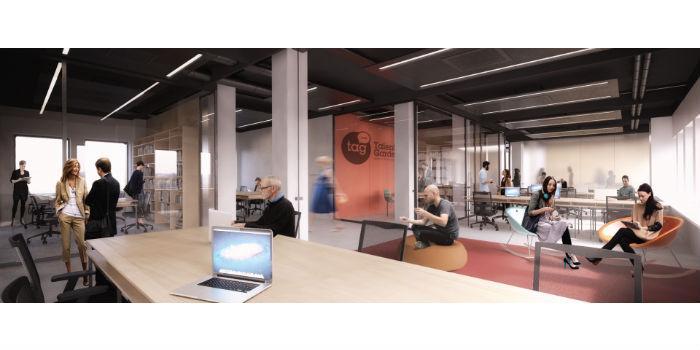 International. Designers and researchers from the international design and innovation firm, Carlo Ratti Associati, have equipped the Agnelli Foundation, a century-old structure in Turin, Italy, with Internet of Things (IoT) sensors that monitor different data sets, including occupancy levels, temperature, CO2 concentration and the state of meeting rooms.
International. Designers and researchers from the international design and innovation firm, Carlo Ratti Associati, have equipped the Agnelli Foundation, a century-old structure in Turin, Italy, with Internet of Things (IoT) sensors that monitor different data sets, including occupancy levels, temperature, CO2 concentration and the state of meeting rooms.
Based on this information, the building management system (BMS) responds dynamically, adjusting lighting, heating, air conditioning and room reservation in real time.
Once the building's occupants set their preferred temperature through a smartphone app, a thermal bubble follows them throughout the building, as the fan units, located on the false ceilings, are activated by human presence.
"By synchronising energy use and human occupancy within buildings, we can create a more sustainable and sensitive architecture, theoretically reducing energy consumption by 40%," says Professor Carlo Ratti. The renovated building will be inaugurated in the spring of 2017.
The new building's IoT sensors collect data that can be used for both environmental control and a variety of other functions. An internal positioning system - similar to GPS - is the platform on which a wide range of applications can be developed in the future.
"This open platform for occupants, employees and guests will evolve over time, through crowd-developed applications and software updates," Adds Ratti. Over the past decade, mobile apps like Foursquare have changed the way we experience urban outdoor space. The Agnelli Foundation project aims to transfer the bottom-up approach of these mobile apps to the workplace, fostering creativity and productivity in the office and creating new communities at the intersection of physical space and digital information.














